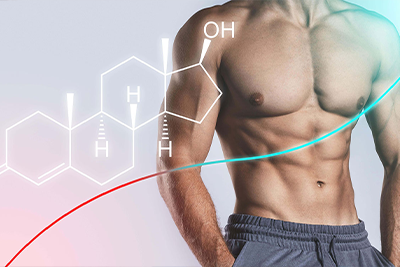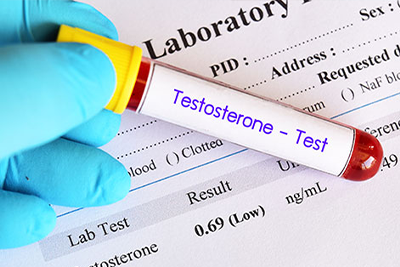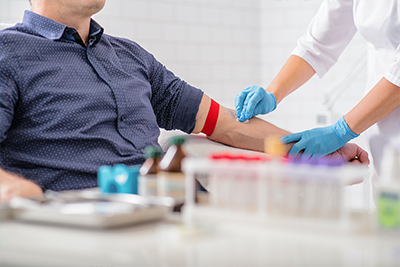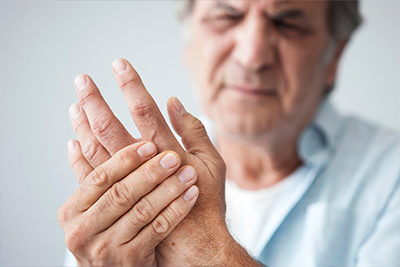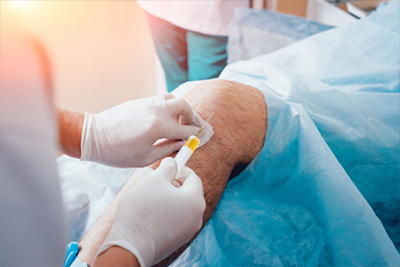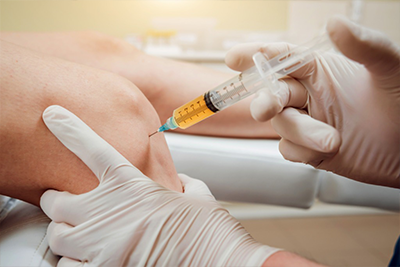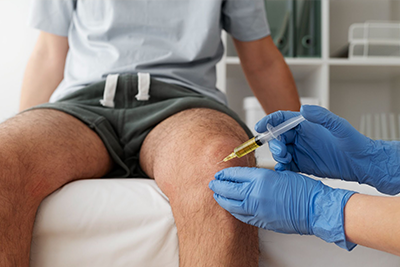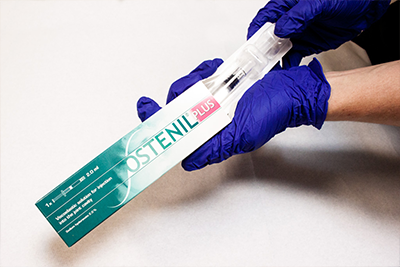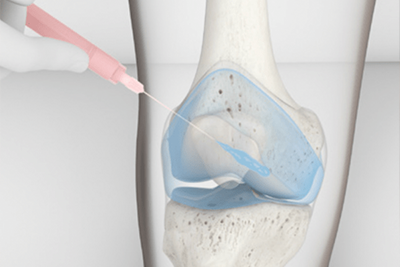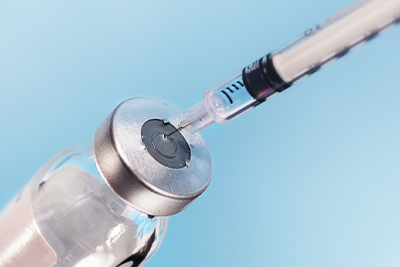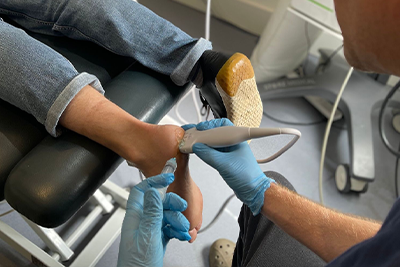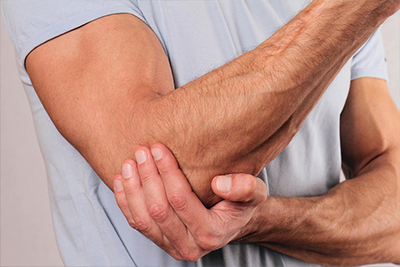Testosterone Replacement Therapy (TRT) is a medically supervised treatment to address low testosterone levels in men. As the primary male sex hormone, testosterone is essential in various physiological processes, including muscle mass development, bone density, and sexual function. However, testosterone levels naturally decline with age, and different health conditions can lead to a more significant decrease. This often results in symptoms such as fatigue, reduced libido, depression, and many others. TRT seeks to restore testosterone levels to a normal range, alleviating these symptoms and potentially improving overall well-being.
Beyond its well-known roles in sexual health and physical appearance, testosterone also profoundly influences cardiovascular health. The heart, blood vessels, and overall circulatory system are intricately linked with testosterone levels. Low testosterone has been associated with an increased risk of heart disease and other cardiovascular issues. At the same time, optimal levels may contribute to heart function, blood flow, and vascular health.
Understanding the relationship between testosterone and cardiovascular health is crucial for men undergoing TRT and those interested in maintaining heart health as they age.
Testosterone’s Role in Cardiovascular Health
Testosterone is the primary male sex hormone, produced mainly in the testes and adrenal glands. It is a key hormone responsible for various physiological functions, including developing secondary sexual characteristics, maintaining libido, and regulating muscle mass and fat distribution.
1. Chemical Structure:
Testosterone belongs to the class of steroids, with a molecular structure that allows it to interact with specific receptors in the body.
| Atom | Number |
|---|---|
| Carbon | 19 |
| Hydrogen | 28 |
| Oxygen | 2 |
2. Synthesis and Secretion:
The production of testosterone is regulated by the hypothalamus and pituitary gland, which control the testes’ release of this hormone.
3. Receptors and Target Tissues:
Testosterone receptors are found in many tissues, including the heart and blood vessels, with direct and indirect effects on cardiovascular function.
How Testosterone Affects Heart Function and Blood Vessels
Positive Effects:
- Vasodilation: Testosterone promotes the dilation of blood vessels, improving blood flow.
- Cholesterol Regulation: Testosterone plays a role in managing cholesterol levels, potentially reducing the risk of artery-clogging.
- Heart Muscle Function: Testosterone supports the proper functioning of heart muscles and may improve cardiac performance.
Negative Effects:
- Potential Risk for Certain Populations: In some cases, elevated testosterone levels might contribute to heart problems, especially in individuals with pre-existing conditions.
Testosterone is often mistakenly viewed as a direct cause of heart disease, but the relationship is more complex. The potential negative impacts of testosterone on heart health are often overemphasised, overshadowing the possible benefits. This misconception doesn’t consider individual patient characteristics, treatment protocols, and monitoring.
Testosterone Deficiency and Heart Disease
Symptoms of Low Testosterone
Low testosterone, or hypogonadism, can present with various symptoms that may vary among individuals. Common symptoms include:
Sexual Dysfunction:
Reduced libido, erectile difficulties, and other sexual health issues.
Physical Changes:
Loss of muscle mass, increased body fat, reduced bone density, and overall weakness.
Emotional and Cognitive Effects:
Mood swings, depression, anxiety, and difficulties in concentration.
Energy Levels:
Chronic fatigue and a lack of vitality.
Correlation with Cardiovascular Issues
The relationship between low testosterone and heart disease is multifaceted and may be influenced by a combination of factors:
Direct Impact on Heart and Blood Vessels:
Low testosterone may reduce the vasodilatory effects on blood vessels and affect cholesterol regulation, potentially contributing to atherosclerosis.
Association with Other Risk Factors:
Low testosterone is often associated with cardiovascular risk factors such as obesity, metabolic syndrome, and insulin resistance.
Inflammatory Responses:
Reduced testosterone levels might increase inflammatory markers that contribute to heart disease.
Epidemiological Evidence:
Some studies have found a correlation between low testosterone and increased incidence of cardiovascular diseases, including heart attacks and strokes.
It’s important to note that the link between low testosterone and heart disease is still an area of active research, and not all studies agree on the nature or extent of this relationship.
Testosterone Replacement Therapy (TRT)
Testosterone Replacement Therapy (TRT) aims to restore normal testosterone levels in men with low testosterone, thereby alleviating the associated symptoms. The primary goals of TRT are:
- Enhancing libido and sexual performance.
- Increasing muscle mass and bone density, reducing body fat.
- Enhancing mood, concentration, and overall mental well-being.
- Alleviating fatigue and boosting overall vitality.
While still under research, some studies suggest that TRT might have protective effects on the heart, especially in men with hypogonadism.
Different Methods of Administering TRT
Various forms of TRT are available in the UK, and the choice often depends on individual preferences, medical conditions, and healthcare provider’s recommendations. The main methods include:
- Injections: Usually administered by healthcare professionals, injections are often given on a bi-weekly or monthly basis. They provide a steady release of testosterone into the bloodstream.
- Gels: Testosterone gels are applied to the skin and absorbed into the bloodstream. They are typically used daily and offer a consistent dose.
- Patches: Worn on the skin, testosterone patches release the hormone gradually into the body. They are also a daily treatment method.
- Implants: Small pellets can be implanted under the skin, which then slowly release testosterone over time. This method requires a minor surgical procedure.
- Oral Medications: Though less common, some forms of oral testosterone are also available.
Patients on TRT are closely monitored to ensure optimal testosterone levels, assess efficacy, and identify any potential side effects. TRT can have side effects like all medical treatments, including potential cardiovascular risks. Careful management and collaboration with healthcare professionals are essential.
TRT on Cardiovascular Health
Improving Heart Function
- TRT may enhance the heart’s ability to contract, thereby improving its pumping efficiency. It may support heart muscle strength and contribute to better overall heart function.
- Some studies have shown that TRT can alleviate symptoms in men with heart failure, though this area requires further research.
Blood Flow and Vessel Function
- Testosterone has been associated with the dilation of blood vessels, which can enhance blood flow to various body parts, including the heart.
- The endothelium is the inner lining of blood vessels, and its proper function is vital for cardiovascular health. TRT might improve endothelial function, contributing to healthier vessels.
Cholesterol and Other Cardiovascular Risk Factors
- TRT may help in regulating cholesterol levels by increasing HDL (“good” cholesterol) and decreasing LDL (“bad” cholesterol) in some men.
- Though the evidence is mixed, TRT might impact blood pressure regulation, aligning it with healthy ranges.
- Chronic inflammation is a known risk factor for heart disease. TRT may reduce certain inflammatory markers, potentially lowering cardiovascular risk.
- Improving insulin sensitivity can benefit TRT, thereby potentially reducing the risk of type 2 diabetes, a significant risk factor for heart disease.
Guidelines for TRT in Men with Cardiovascular Conditions
Screening Process for Patients with Existing Heart Conditions
- Comprehensive assessment, including medical history, physical examination, and laboratory testing to evaluate cardiovascular risk.
- Identifying potential risk factors for heart disease, such as high blood pressure, diabetes, obesity, and family history, to inform the decision-making process.
- If a patient has a known heart condition, collaboration with a cardiologist is vital for a cohesive and safe treatment plan.
Monitoring and Management Strategies
- Continuous follow-up and monitoring of heart health and testosterone levels during TRT, including blood tests and cardiovascular examinations.
- The therapy may need to be adjusted based on ongoing evaluation, particularly if cardiovascular symptoms arise.
- Implementing clear strategies for managing any potential cardiovascular complications that may arise during treatment.
Alternatives and Complementary Approaches
Lifestyle changes that can support heart health include:
Dietary Adjustments:
Emphasising heart-healthy foods rich in antioxidants, fibre, and healthy fats. Reducing saturated fat, sodium, and processed foods.
Regular Exercise:
It is creating a balanced exercise routine that promotes cardiovascular fitness without overstraining the heart.
Stress Management:
Implementing techniques such as mindfulness, meditation, or counselling to reduce stress is known to have detrimental effects on heart health.
Smoking and Alcohol:
Encouraging cessation of smoking and moderating alcohol consumption, both of which can negatively impact heart function.
Weight Management:
Strategies to maintain a healthy weight, reducing strain on the heart and lowering risk factors such as hypertension and high cholesterol.
Related Articles
- Lifestyle Changes to Boost Testosterone Levels Naturally
- Understanding the Signs and Symptoms of Low Testosterone Every Man Should Know About
- Understanding Testosterone Deficiency and the Role of Hormone Replacement
- The Link Between Testosterone and Body Composition
- Understanding the Link Between Testosterone and Erectile Dysfunction

